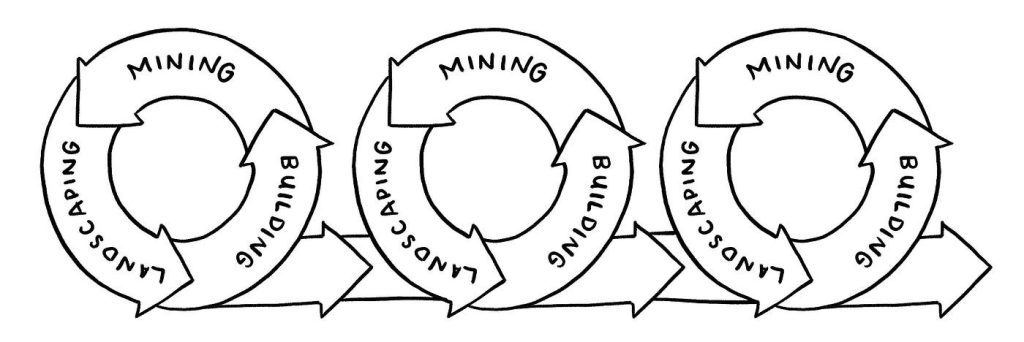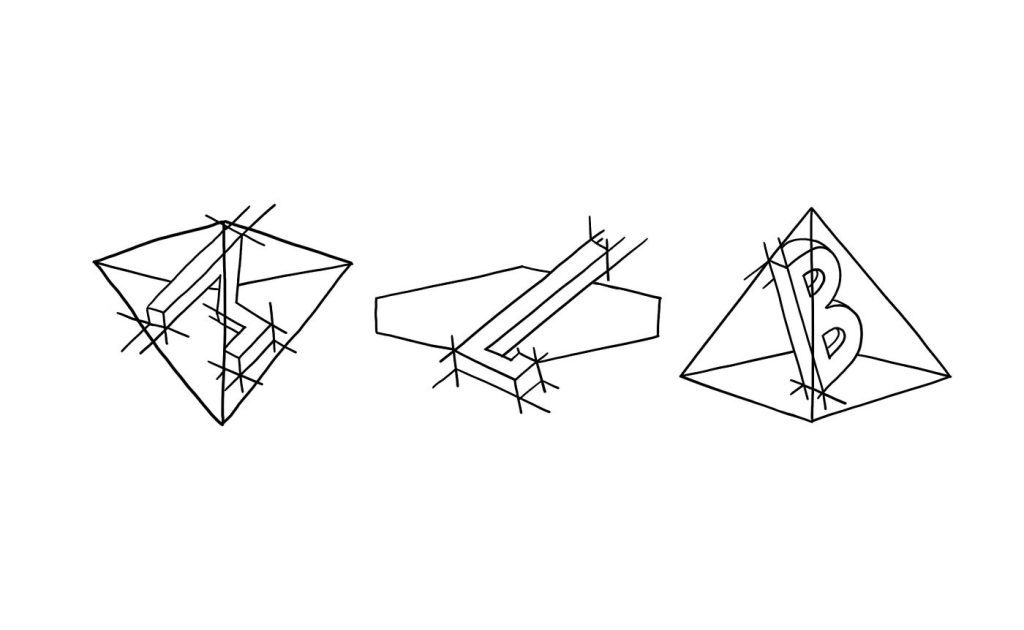Guide to the Disruptive Design Method

In the rapidly evolving landscape of business and technology, the need for innovative solutions has never been more crucial. Businesses and industries constantly seek new ways to stand out, evolve, and stay ahead of the competition. One method that has gained prominence in recent years is the Disruptive Design Method. The Disruptive Design Method (DDM) employs a systems-based strategy for creatively addressing intricate social and environmental challenges through problem-solving. It integrates sociological research techniques (mining), systems exploration methodologies (landscaping), and design and creativity approaches (building). This blog post will explore understanding disruptive design methods, parts, and top golden rules of Disruptive Design Methods.
Understanding Disruptive Design
Disruptive Design is a mindset and methodology that encourages individuals and organizations to question existing norms and reimagine possibilities. Coined by designer and sustainability advocate Leyla Acaroglu, the Disruptive Design Method integrates systems thinking, sustainability, and creativity principles to generate innovative solutions that address complex challenges. They swiftly lose their potency and significance, transforming into hollow containers of casually used terms without substantial meaning, mere vague concepts instead of impactful actions. ‘Sustainability’ has endured this phenomenon for quite some time, and now ‘disrupt’ is undergoing a similar fate of being misconstrued.
Parts of the Disruptive Design Method
The Disruptive Design Method comprises three key phases: Mining, Landscaping, and Building (MLB). These phases are systematically executed and iteratively traversed to achieve a finely detailed and refined outcome through feedback loops.
- Mining
- Landscaping
- Building

Mining
A mindset of curiosity and exploration characterizes mining. During this phase, we engage in participatory research, set aside the impulse to find solutions immediately, refrain from imposing order, and instead welcome the inherent chaos within any complex system we aim to comprehend. In this stage, essential instruments include observation, research, curiosity, exploration, participatory action, wonderment, insights, questioning, and data collection. This phase involves delving beneath the surface, akin to exploring under the iceberg, to scrutinize the diverse components that facilitate a more detailed comprehension of a problem domain.
Read Also: How Strategic Web Design Drives Business Growth?
Landscaping
In this phase, we assemble the components unearthed in the Mining phase, combining them to construct a comprehensive perspective through systems mapping and exploration methods. Landscaping embodies a mindset of interconnection, envisioning the world as an expansive jigsaw puzzle being reconstructed to offer a unique viewpoint, providing a bird’s eye view of the challenges at hand. Information is collected, and areas within the system where intervention can bring change are pinpointed. The techniques utilized during this stage include systems mapping (utilizing clusters, interconnected circles, etc.), dynamic systems exploration, synthesis, emergence, identification, insight gathering, and intervention identification.
Building
During this phase of creative imagination, we aim to cultivate various design ideas that explore different intervention points intending to instigate change within the system. The objective is not merely to solve the problem but to facilitate the evolution of the problem arena, ultimately shifting the status quo. Our design process employs various ideation and prototyping tools to navigate toward the optimal solution for your intervention. The cornerstone of this method lies in continuous iteration and progressing through the stages, ultimately reaching a polished and well-suited outcome.
Golden Rules for Being Disruptive by Design

Embracing intentional disruption has fueled a rebellious spirit and amplified my capacity to effect substantial change through my efforts. This approach has created a dynamic methodology that deliberately challenges and transforms systems, fostering positive outcomes. Discover the essential principles for intentionally promoting disruption with these top 4 golden rules:
- Lead With An Agenda
- Now Your Stuff
- Explore and Leverage the System
- Adopt a Do Philosophy
Lead With An Agenda
Understand your aspirations and motivations and remain authentic to yourself and your goals. Despite societal pressures to conceal your intentions, embracing and openly expressing your objectives is crucial for instigating change. To drive transformation, internalize and consistently project your purpose in all your actions. Passion, as a powerful catalyst for change, serves as a language that can attract others to join your mission.
Know Your Stuff
Information wields significant influence, and although much of our essential understanding is acquired implicitly through life experiences, it is crucial to grasp the intricacies of your specific domain. Building a robust connection with the knowledge relevant to the area you aim to influence is essential. Familiarity with the rules is imperative to challenge and innovate within them effectively; therefore, acquiring the necessary knowledge precedes the ability to instigate meaningful change.
Explore and Leverage the System
To bring about disruption is to intervene actively, necessitating an intimate understanding of the domain in which you operate and a keen awareness of the gaps ripe for disruption. Our world comprises various systems, spanning social structures, industrial processes, and ecosystems crucial for survival. Embracing a systems thinking approach (look it up. It can be transformative) not only enhances your comprehension of the desired change but also equips you with the invaluable ability of foresight, empowering you to anticipate and mitigate potential challenges arising from your interventions.
Adopt a Do Philosophy
Taking action speaks louder than merely discussing ideas. Ideas confined to the minds of individuals rarely bring about change in the world. To truly make an impact, adopt a proactive philosophy. I adhere to a philosophy that enables me to swiftly test, prototype, and implement ideas in the real world shortly after conceptualizing and distilling them otherwise, execution still needs to be achieved. Find a method that suits you best, whether it involves sharing your ideas with others or initiating a movement around them.
To Wrap Up
The Disruptive Design Method is a dynamic and transformative approach in today’s innovation-driven landscape. Its foundation in questioning norms, fostering creativity, and addressing complex challenges through systematic exploration is a method and a mindset that propels positive change. The three phases, Mining, Landscaping, and Building, guide individuals and organizations through a comprehensive process emphasizing continuous iteration for refined outcomes. The golden rules underscore the importance of authenticity, knowledge, systemic understanding, and a proactive philosophy in pursuing intentional disruption. As we navigate the fast-paced world-embracing, embracing the Disruptive Design Method offers a roadmap to stay ahead and actively shape and influence the evolving landscape.






